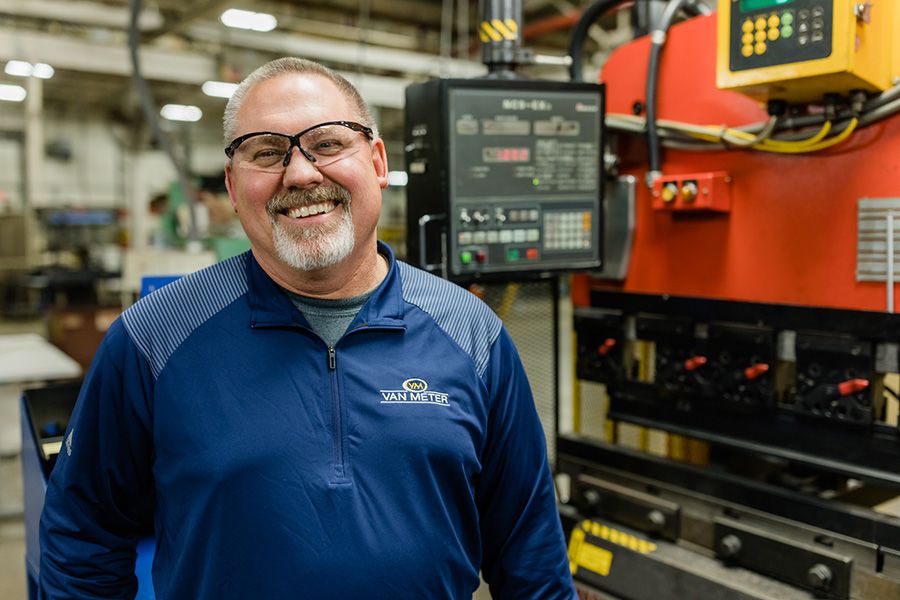Five Equipment Integration Secrets for OEMs
- July 22, 2025
- Best Practices
- Automation
Profitable equipment manufacturing starts and ends with efficient engineering. It’s the key to success for every OEM, system integrator and EPC firm.

Yet when it comes to process equipment integration, rework is frequent. And it’s often the cause for project delays and budget overages. But it doesn’t have to be that way…
You can minimize system development and commissioning time – and equipment integration risk for customers. Here are 5 secrets…
1. Build for integration
OEMs who offer equipment based on legacy control technology are missing the connected factory opportunities. Integrating those skids into a connected plant floor architecture is challenging and oftentimes cost-prohibitive.
Instead, you can position yourself (and your customers) for success by making integration capabilities and control system scalability a priority in equipment development.
Assume any skid built will be integrated with other equipment. Base equipment on a scalable DCS platform that’s designed for enterprise-wide integration.
2. Prioritize early planning
When it comes to process equipment integration, the more work you do upfront, the easier project execution is in the end. But while project planning can never start too early, equipment development can.
Starting skid development before the process design, control system architecture, software module templates and integration strategy are complete… ultimately causes rework. Document all project parameters before you begin.
3. Know who to ask
Navigating your customer’s organization chart isn’t always easy. Develop a matrix that defines roles and responsibilities. And confirm with the entire project team at the beginning of your engagement.
Communication may also extend from equipment suppliers to vendors providing installation equipment. Don’t assume that other suppliers speak your language. Clearly define and confirm all equipment and control functions to avoid misinterpretation.
4. Test early and often
Insufficient testing can cause a good project to go bad quickly – and can wreak havoc with your commissioning schedule and budget. To mitigate setbacks, define testing for all stages of the project with your customer.
OEM testing could include:
- Digital twin testing by your engineers and customer
- Module testing of your equipment design internally by your engineers
- Process and integration testing against functional design specifications with the system integrator
- Factory Acceptance Test (FAT) with the customer
- Site Acceptance Test with the customer
5. Learn from continuous improvement
Frequently, once a challenging customer project is completed, the next one begins. To improve future processes or results, keep a “lessons learned” log throughout each project. It’s easier than trying to remember and record issues at the end.
When a project is completed, meet with your team and determine what can be improved and how. The incremental improvements that you make from project to project are critical to long-term success.
Take the next step
Want to discuss your next project? Let’s talk. Learn about process equipment control system capabilities from Rockwell Automation and how our integration strategy can optimize your performance.